Few plants rival the hypnotic allure of the Texas Star Hibiscus when it comes to enchantment. It is a true focal point in any garden or landscape due to its large, crimson flowers with star-shaped petals.
In this article, we will delve into the fascinating world of the Texas Star Hibiscus, examining its unique characteristics and discussing the optimal growing and care conditions. So, let’s dive in and learn more about this fiery beauty that adorns Texas and other landscapes.
Overview of the Texas Star Hibiscus
The Texas Star Hibiscus, scientific name Hibiscus coccineus, is a species of perennial flowering plant that is native to the wetlands of Texas and other southeastern states of the United States.
It is a member of the family Malvaceae, which includes more than 200 genera and over 2,500 species of flowering plants.
This plant is a tall and hardy species that can grow up to 12 feet in height, depending on the growing conditions. Its leaves are large, deep green, and lobed, spanning up to 6 inches across. The Texas Star Hibiscus is known for its stunning deep crimson flowers that grow up to 6 inches in diameter.
These flowers have five star-shaped petals that form a bowl-like shape and a prominent central stamen. The petals are slightly reflexed, which enhances the overall beauty of the flower.
The Texas Star Hibiscus is a hardy plant that can tolerate a wide range of temperatures. It can grow in hot climates and can even survive freezing temperatures. Its blooms appear in late summer and early fall, making it a highlight in autumn gardens.
Not only is the Texas Star Hibiscus visually striking, but it is also a valuable plant for attracting pollinators such as bees, butterflies, and hummingbirds. The nectar and pollen of its flowers provide a valuable food source for these important insects and birds.
Texas Star Hibiscus Popular Varieties
These Texas Star Hibiscus cultivars and popular varieties are:
Hibiscus coccineus ‘Alba’: This cultivar has white flowers and can reach a height of 10 feet. It prefers full sun.
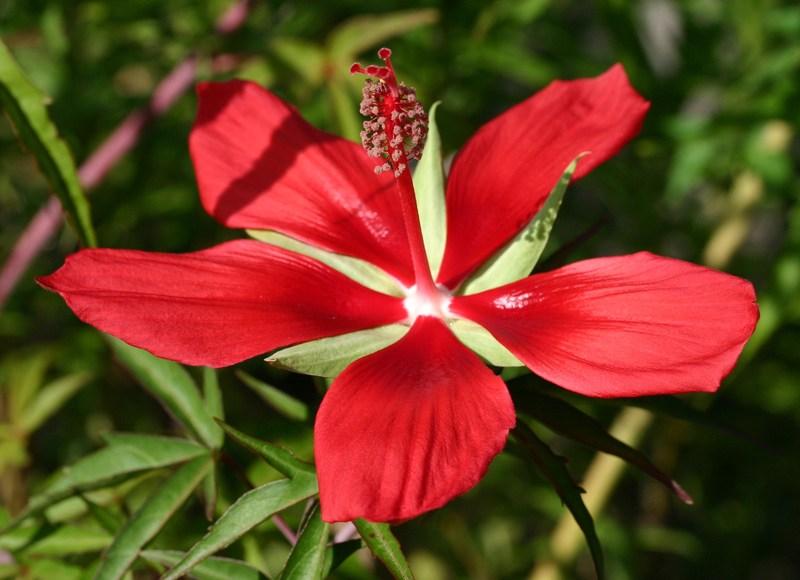
This variety is distinguished by its large, bright-yellow stamens and bright-red flowers. It can withstand drought and grow up to 8 feet tall.

Is a distinct red-flowered cultivar that can reach heights of up to 7 feet and produces showy, profuse blooms.

Pink blooms up to 12 inches wide on the Hibiscus coccineus ‘Pink Giant’ cultivar make it a stunning focal point in any garden.
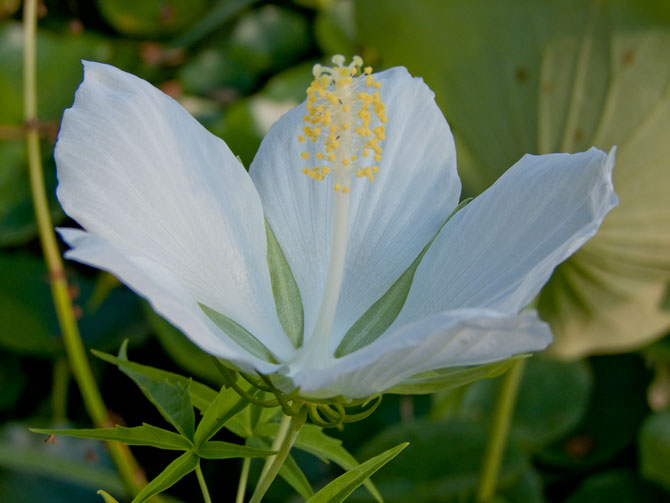
The pure white flowers of the Hibiscus coccineus ‘White Giant’ cultivar bloom from late summer to the beginning of the fall, striking a beautiful contrast with the leafy dark green foliage.
These are just a few of the numerous cultivars and varieties of Texas Star Hibiscus that are offered to landscape designers and gardeners. Consider factors like bloom color, size, preferred soil, and growth habit when selecting a cultivar to make sure it will flourish in your outdoor area.
In the next section, we will delve into the ideal growing conditions and care for the Texas Star Hibiscus.
Expanding Conditions and Attention
It is essential to provide optimal growing conditions and proper care for the Texas Star Hibiscus in order to ensure its healthy growth and abundant flowers. Let’s examine the most important considerations for cultivating this beautiful plant.
Temperature and Climate Requirements
This flower can adapt well to hot climates, thrives in locations with abundant sunlight and heat. It can withstand freezing temperatures, but its growth can be stunted if exposed to cold for a long time.
The plant should ideally be grown in USDA hardiness zones 6 to 10, where it can thrive in summer heat and endure mild winter temperatures.
Quality of the Soil and Drainage of Texas Star Hibiscus
This hibiscus variety grows best in soil that is rich and moist. As long as there is adequate drainage to prevent waterlogging, it can tolerate a wide variety of soil types.
Consider amending your heavy clay or water-retentive soil with organic matter or creating raised beds to improve drainage.
Solar Radiation and Light Requirements of Texas Star Hibiscus
The Texas Star Hibiscus is a sun-loving plant that requires full sun to flourish. It requires a minimum of six to eight hours of daily direct sunlight to produce abundant blooms and maintain robust, healthy foliage. Choose a location for planting that receives sufficient sunlight throughout the day.
Hydration and Moisture Demands
Maintaining a consistently moist soil is essential for the Texas Star Hibiscus, which thrives in humid environments. Regular watering is essential, particularly during dry spells and the warmest months of the year.
Provide enough water to keep the soil evenly moist without allowing it to become saturated. The application of mulch around the plant’s base can help retain moisture and inhibit weed growth.
Planting and Propagation Techniques of Texas Star Hibiscus
Allow at least 3 feet of distance between Texas Star Hibiscus plants to accommodate their mature size when planting. Dig a hole slightly wider and deeper than the plant’s container, loosen the roots gently, and then plant the plant in the hole. Backfill with soil, gently compact it, and thoroughly water it.
The three methods of propagation are seeds, stem cuttings, and division. In early spring, seeds should be planted in containers or seed trays. During the growing season, stem cuttings can be taken from mature plants and rooted in a well-draining medium.
The process of division entails separating the plant into multiple sections with viable roots and replanting them.
Controlling Pests and Diseases for Texas Star Hibiscus
The Texas Star Hibiscus is susceptible to pests and diseases, as are all plants. Insects such as aphids, spider mites, and whiteflies are typical problems. It is recommended to inspect the plant regularly, and any signs of infestation should be addressed immediately.
Organic insecticidal soaps or neem oil sprays can be used to control these pests effectively.
In the following sections, we will discuss the maintenance and pruning requirements necessary to ensure optimal growth and health.
Maintenance and Pruning of Texas Star Hibiscus
Proper maintenance and occasional pruning are essential to ensure the optimal growth and health of the Texas Star Hibiscus. Let’s delve into the key aspects of maintaining this fiery beauty.
Watering and Fertilization
Consistent watering is crucial for the Texas Star Hibiscus, especially during dry periods or hot summer months. Aim to keep the soil evenly moist without overwatering.
Deep watering is recommended to encourage the development of a robust root system. Apply a balanced fertilizer during the growing season to provide essential nutrients for healthy growth and abundant blooms.
Mulching and Weed Control
Applying a layer of organic mulch around the base of the plant can provide multiple benefits. Mulching helps retain moisture in the soil, regulates soil temperature, and suppresses weed growth.
It also adds organic matter to the soil as it breaks down, enriching the growing environment for the Texas Star Hibiscus.
Pruning Techniques
Pruning is an essential part of maintaining the shape and overall health of the Texas Star Hibiscus. Here are some tips for effective pruning:
- Prune in late winter or early spring: Pruning is best done when the plant is dormant, just before new growth begins.
- Remove dead or damaged branches: Start by removing any dead or diseased branches, cutting them back to healthy growth points.
- Maintain a balanced shape: Prune selectively to maintain a balanced shape and remove any crowded or crossing branches. This will improve airflow and reduce the risk of diseases.
- Encourage blooming: To promote abundant blooms, prune up to a third of the plant’s height in late winter. This will stimulate new growth and encourage the development of flowering branches.
- Regularly remove spent blooms: Deadheading or removing spent blooms will not only improve the plant’s appearance but also redirect its energy into producing new buds and flowers.
Winter Care
While the Texas Star Hibiscus can tolerate freezing temperatures, it may benefit from some winter care measures to ensure its longevity. Here’s how you can protect your plant during the colder months:
- Mulch around the base: Apply a layer of mulch around the base of the plant to insulate the roots and protect them from extreme cold.
- Cover during freezing periods: In case of severe frost or freezing temperatures, cover the plant with burlap or a frost cloth to provide additional protection.
Regular Inspection and Pest Control for Texas Star Hibiscus
Practicing regular inspection is crucial to identify any signs of pests or diseases early on. If you notice any issues such as aphids, spider mites, or fungal infections, take immediate action to control and treat the problem.
Organic insecticides or fungicides can be used as necessary, following the instructions on the product.
By following these maintenance and pruning techniques, you can ensure the longevity and health of your Texas Star Hibiscus, allowing it to shine brightly in your garden or landscape.
Advantages and Uses for Texas Star Hibiscus
In addition to being a beautiful addition to any garden or landscape, the Texas Star Hibiscus offers a variety of benefits and versatile applications. Let’s examine the benefits and methods for incorporating this beautiful plant into your outdoor space.
Aesthetics and Appearance
Adds a burst of color and visual interest to gardens and landscapes with its vibrant and showy flowers. Large, star-shaped flowers in red, pink, and white colors that create a striking focal point wherever planted.
Whether grown alone or in combination with other plants, this hibiscus variety is certain to captivate and enhance the visual appeal of any outdoor space.
Tourist Attraction
It is well-known that the Texas Star Hibiscus attracts pollinators such as bees, butterflies, and hummingbirds. Its nectar-rich flowers serve as an important food source, sustaining local ecosystems and fostering biodiversity.
By planting this variety of hibiscus, you can create an inviting habitat for pollinators, thereby contributing to the overall health and equilibrium of your garden.
Control of Erosion and Soil Stabilization
The Texas Star Hibiscus can aid in preventing soil erosion and stabilizing slopes due to its deep and extensive root system. The roots bind the soil particles together, decreasing the likelihood of soil erosion caused by heavy rain or runoff. This makes it an excellent choice for planting on slopes, embankments, or erosion-prone areas, where it can contribute to soil preservation and stability.
Medical and Therapeutic Applications
Texas Star Hibiscus has medicinal and ornamental uses. Herbal teas and infusions use the plant’s antioxidant-rich leaves and flowers.
These preparations are used to soothe digestive discomfort, reduce inflammation, and improve health. As with any medicinal plant, consult a doctor before using cannabis.
Kitchen Applications
In some cultures, Texas Star Hibiscus petals are used to make beverages, jellies, syrups, and even desserts. The vibrant red hue and tart flavor of the petals add a distinctive touch to a variety of dishes.
Popular applications include infusing the petals into teas, producing hibiscus-flavored beverages, and incorporating them into salads and garnishes. It is essential to ensure that edible flower petals are grown without the use of pesticides or other noxious chemicals.
Landscape and Ornamental Applications
In addition to being grown in gardens, the Texas Star Hibiscus can be utilized for a variety of landscaping purposes. Its tall, upright growth habit makes it suitable for use as a privacy screen or as a hedge.
The vibrant flowers can also be used to create eye-catching borders, fill voids, and add vertical interest to outdoor spaces. This hibiscus variety adds beauty and functionality to landscape designs, whether it is planted singly or in groups.
You can truly maximize the Texas Star Hibiscus’s potential in your garden or landscape by embracing its benefits and exploring its varied applications.
From its visual appeal and wildlife attraction to its erosion control and culinary uses, this versatile plant offers a wide range of benefits that make it an asset to any outdoor space.
Finally, this plant is a remarkable plant with many benefits and uses. This versatile hibiscus is beautiful, attracts wildlife, controls erosion, and has medicinal uses. This plants adds beauty and functionality to any outdoor space, whether you use it as a natural remedy, in your garden, or in your cooking.
When adding this captivating plant to your landscape, you can choose from varieties and cultivars like the white-flowered ‘Alba’, the red-flowered ‘Texas Star’, or the pink-flowered ‘Pink Giant’. Whatever variety you choose, the Texas Star Hibiscus will make a bold statement and enhance your garden.
The Texas Star Hibiscus is a great choice for a garden plant, a wildlife habitat, or a practical plant. Enjoy its beauty and versatility in your outdoor space.

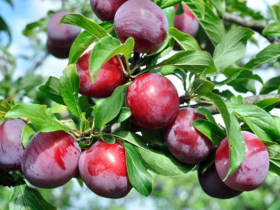
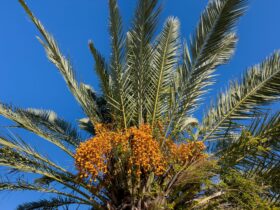
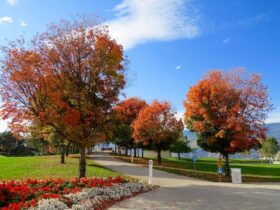
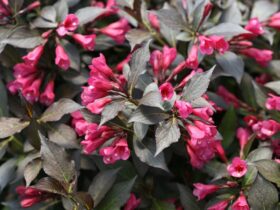
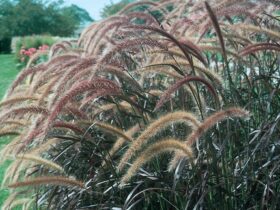
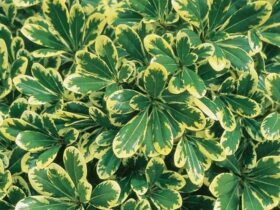

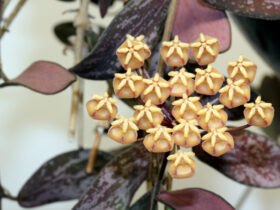

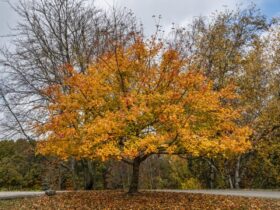
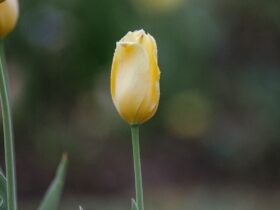
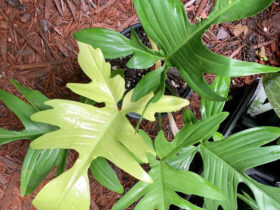
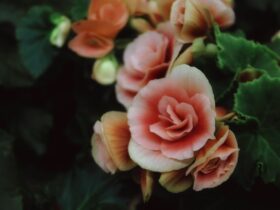
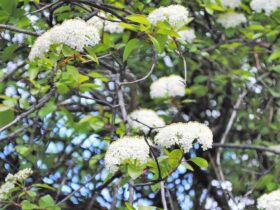
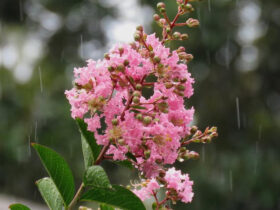
Leave a Reply